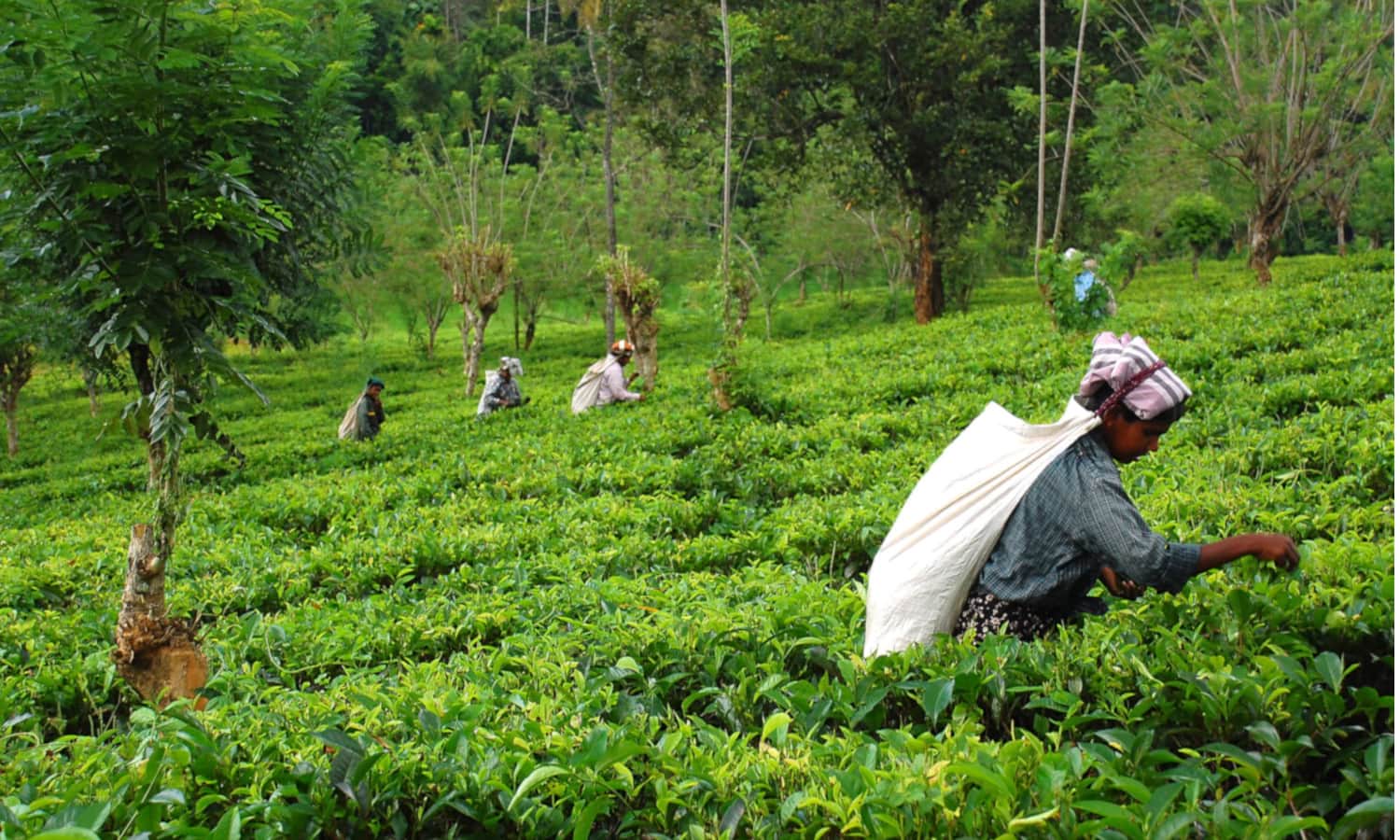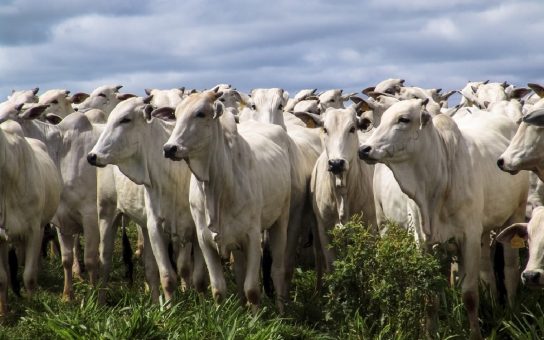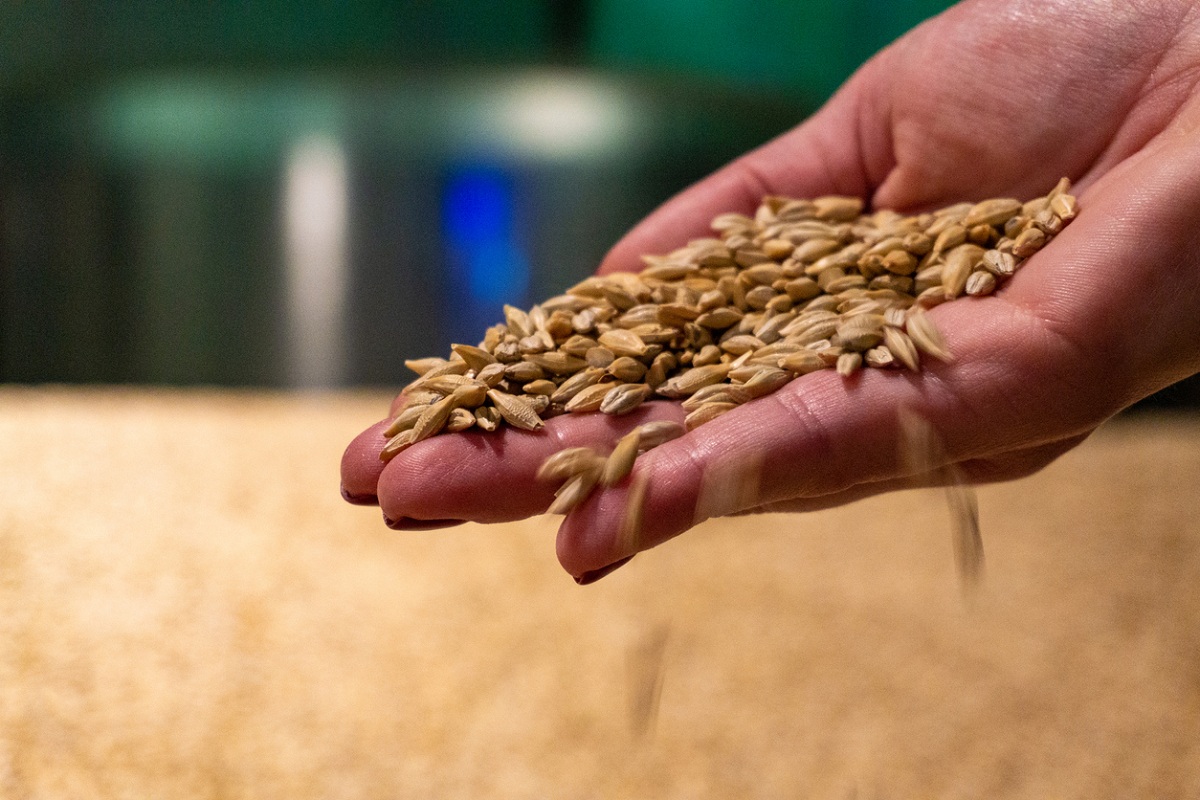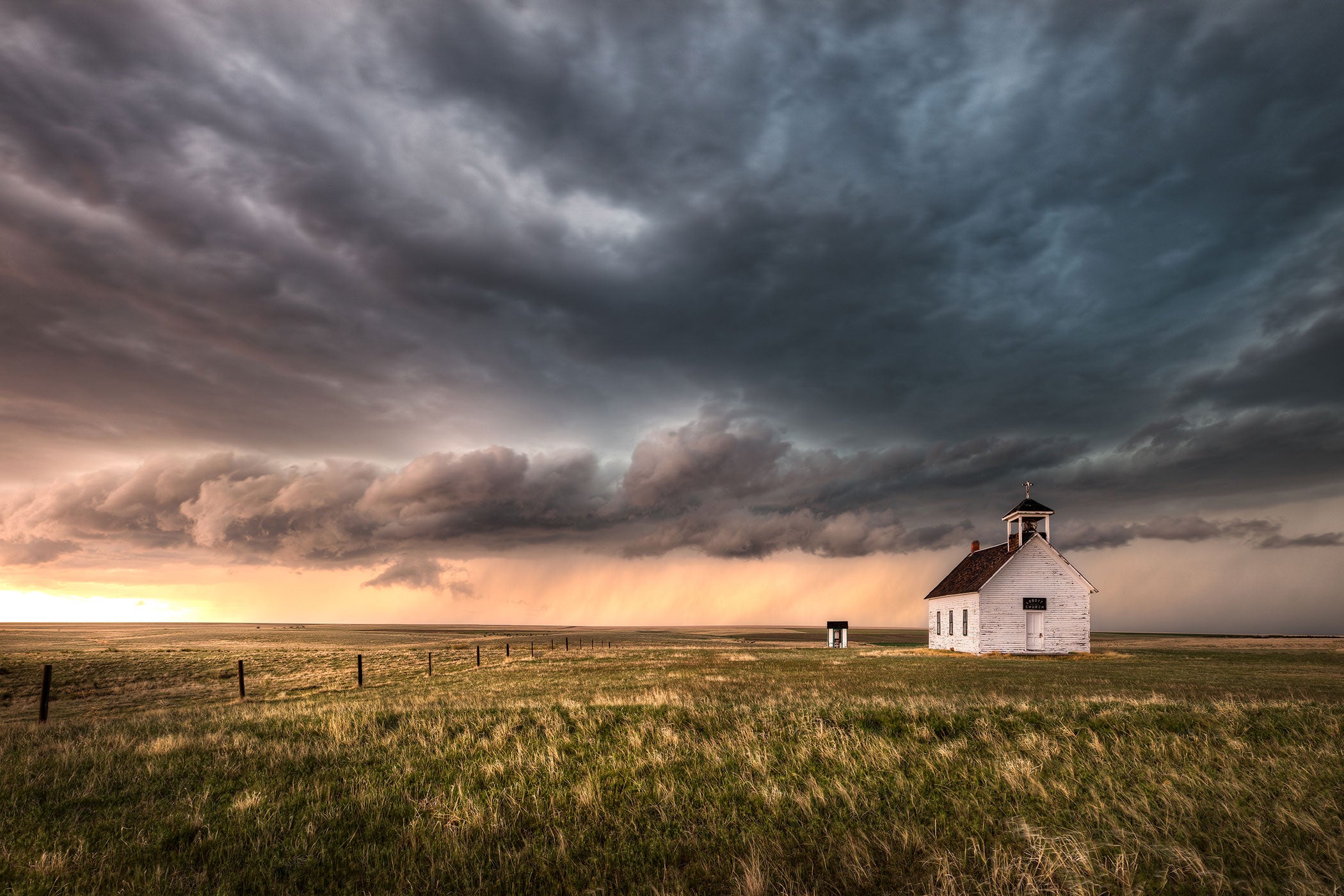The 2022 Assam floods, following record-breaking rains, were the worst that the state has seen in the last decade. Soon-after, some districts faced a drought-like situation forcing farmers to work through disruptions in their cultivation schedule. A year on, in 2023, with Assam receiving excess rain in March, in the current pre-monsoon season, farmers recount how the flood and drought cycle kept them on their toes.
In 2022, a pre-monsoon spell from March to May, brought 40% excess rainfall causing displacement of people, crop loss, land erosion, landslides and deluge, collapse of dykes and bridges. Cultivators await the pre-monsoons every year to prepare the seedbed where paddy seedlings grow, to be transported later to the fields. In 2022, extreme pre-monsoon rains delayed the seedbed preparation.
By the time seedlings were ready for cultivation in the fields, the early monsoon in June that year, within a matter of fifteen days, came in such a huge quantum that the districts of Dhemaji, Lakhimpur, Chirang, Kamrup Rural, Bongaigaon, Baksa, Barpeta, Udalguri, Goalpara, Kokrajhar, Cachar and Karimganj received an excess ranging from 69% to 171%, leading to floods.
Rural and urban areas were affected while the districts like Dima Hasao, East and West Karbi Anglong, Nagaon, Hojai were badly affected. Across the state, floods destroyed whole croplands, inundated railway tracks, and broke away infrastructure like embankments and bridges.
Then, when rainfall stopped and water levels began receding, there was an unforeseen urgency among farmers, still recovering from the trauma of floods and displacement — the fields needed to be cultivated.
Technology and environmental vulnerabilities
In this abrupt coming and going of rains the only way to capture moisture in the soil is by ploughing the fields for crops to be cultivated. This urgency is addressed by modern tractors that completely replace the traditional plough and tills a field in a matter of hours. Under the Chief Minister Samagra Gramya Unnayan Yojna (CMSGUY), every village in Assam is provided with at least one tractor. At subsidised rates, farmers have procured more tractors and those who cannot afford to buy, hire tractors for their fields at a rate of a few hundred rupees per bigha.
In the earlier timeline, ploughing was not a matter of a day’s work; the first plough drawn by oxen or cows would splinter the soil and expose insects that would die in the heat of the sun. By the second and sometimes the third plough, the soil is pulverised for cropping. Former agricultural officer, Binoy Saikia says, “Earlier, to test the soil, people would spit chewed betel nut and leaves that had a proportion of lime and tobacco mixed with it. When these chemicals turned black in the soil, it was understood that the field was ready for cropping.”
In recent times, however, extreme rains and uncertainty of rains, both have necessitated the use of tractors in the fields. Tractors have come to be used not only because they are comfortable, viable or new but also because of a deeper connection to changing weather conditions, floods and drought. For instance, places with prolonged dry spells turn to the tractor when the land is to be tilled at the arrival of rainfall.
Tractors plough the land in one day and the very next day cultivation starts but this hinders the proper pulverisation of the land which means insects would remain in the soil.
“People do not pay attention to getting the land ready. Tractors are not helpful to kill pests. So, soil-borne pests increase and that affects the overall yield.” says Saikia. Because insects do not die and remain in the soil, a World Economic Forum article states that in such cases, with rise in temperatures, there is increase in the physiological activities of insects which accelerates their metabolism to eat more and grow faster. “This will lead to increases in population growth rate of certain insects. Because they grow fast, they’ll reproduce more. Their numbers will multiply and this will ultimately lead to more crop damage,” it adds.
Drought-like situation
Soon after crop cultivation, some ten districts of Assam did not receive adequate monsoon rainfall in July and August. Usually, after cultivation, water should remain in the field for at least forty days to two months for the crops to mature to health. After this there is not much requirement of water. Saban Khakhlary (42), a resident of Baksa district which received the least monsoon rainfall, says, “I have 5 bighas of land. In the pre-monsoon I lost all kothia (paddy seedling) of Punjab joha (a variant of rice). Then I sowed Basmati (another variant of rice) but I saw cracks in the field. There was no rain.”
“Along the cracks, grass started growing very fast because there was no water,” says Rutum Khakhlary, another farmer from Buglamari village in Baksa. “When grass grows it sucks away the nourishment from crops. Paddy cannot grow properly.”
In many places, lack of adequate rains turned crops yellow affecting the overall cultivation yield. Bidyut Saikia, General Secretary of the farmer organization Krishak Mukti Sangram Samiti said that the drought-like situation that followed pre-monsoon floods was not unanimous in all districts of Assam. “In my district Golaghat, all parts were not affected. But the situation in Sarupathar was so bad that the entire Dhansiri constituency was declared a drought affected area.”
Major droughts in 2005-2006 and 2008-2009 have occurred chiefly due to lack of rainfall in the monsoon months. In its latest report, the Regional Meteorological Centre in Borjhar declared that Assam received 16% less rainfall in the monsoon of 2022 with 13 districts receiving scanty rainfall while the other 13 receiving normal rainfall.
In the districts of Upper Assam such as Dibrugarh, the scenario was somewhat different. Farmers did admit of crop loss, however, it was not because of the dearth of rainfall, but because of excessive accumulation of water during the pre-monsoon rains.
“It is customary that we start cultivating the fields from the seventh day of Aahar, by the end of June. But this time we could only begin from the month of August,” says Sushila Gogoi (63) whose family cultivates 15 bighas of land in Ramai village.
Another farmer, Surajit Chetia (38) expressed that deeper plots of land could not be cultivated because of excess water accumulation. “We had to wait until August. But by then the kothia had matured, decayed or damaged. I lost about 20-30 bunches.” Chetia has a tractor and says, “As soon as rains showered in August, I quickly ploughed the land and cropped the field.”
Vulnerability and climate change
The 2018 Climate Vulnerability Assessment for the Indian Himalayan Region (IHR) states that the IHR is experiencing changes in monsoon rainfall with “higher frequency of extreme events” — floods as well as droughts — that make the region vulnerable for present and future climate variability.
Based on four broad indicators, i) socio economic, demographic status and health, ii) sensitivity of agricultural production, iii) forest dependent livelihoods and iv) access to information services and infrastructure, and 16 sub indicators, the report assessed Assam as the most vulnerable state in the IHR region.
Amongst the six major causes for Assam, the most striking ones include “least area under irrigation, least forest area available per 1,000 rural households, least number of farmers taking loans compared to other states…low percentage area covered under crop insurance.”
This trend has been underway and in 2022 the wrath of an excessive rainy pre- monsoon and a dry monsoon season was borne heavily in Assam.
Farmers, agriculturalists across the state equivocally call the irrigation system in Assam as almost defunct, having failed to receive any facilities in their times of dire need.
Gyanen Chakraborty (59) a public school teacher in Nalbari expresses that the irrigation system is operating only as a namesake.
“Now in Nalbari 15% to 20% of elevated land was affected by a drought-like situation. The situation was similar in Barpeta, Goalpara, Dhubri, Kokrajhar, Chrang. There might have been projects initiated by the irrigation department for water facilities to farmers. But they do not function.”
This raises issues of food security and economic benefits of farmers who did not get a good yield in the past year. Though Panchayat offices exist, people in remote villages hardly receive their due compensation.
Speaking of compensation for the past year, Dula Das, District Agriculture Officer in Mushalpur, Baksa, says that the government has so far not announced any schemes.
Das explains, “Through an economic and statistical survey conducted by our department along with the insurance company we decipher the per hectare yield. The yield data for five years is evaluated. If the yield is below average, then farmers who have insured get due compensation. But there is no such facility for uninsured farmers.”
Only a handful of farmers have insured their fields. “The season changed and we didn’t adhere to it. We cultivated in our stipulated time. It was a mismatch,” says a helpless Chetia.
Climate scientist Rahul Mahanta says despite the challenges of floods and drought on an annual basis, “many farmers in Assam have developed strategies to cope with these shocks and ensure their survival” and one of them includes “the use of traditional flood-resistant agricultural practices.”
These practices include growing “flood-tolerant varieties of crops, such as deep-water rice, that survive for several weeks underwater” or “use raised beds or floating gardens to grow vegetables and other crops above the floodwaters”. He also states that many farmers “engage in non-farm activities, such as small-scale businesses or wage labor, during times when farming is not possible due to floods or droughts.”
A combination of technological improvements and policy changes is needed to improve the agriculture sector in Assam. The focus should be on promoting sustainable practices that improve farmers’ livelihoods, increase productivity, and protect the environment, he adds.
Source - https://india.mongabay.com













